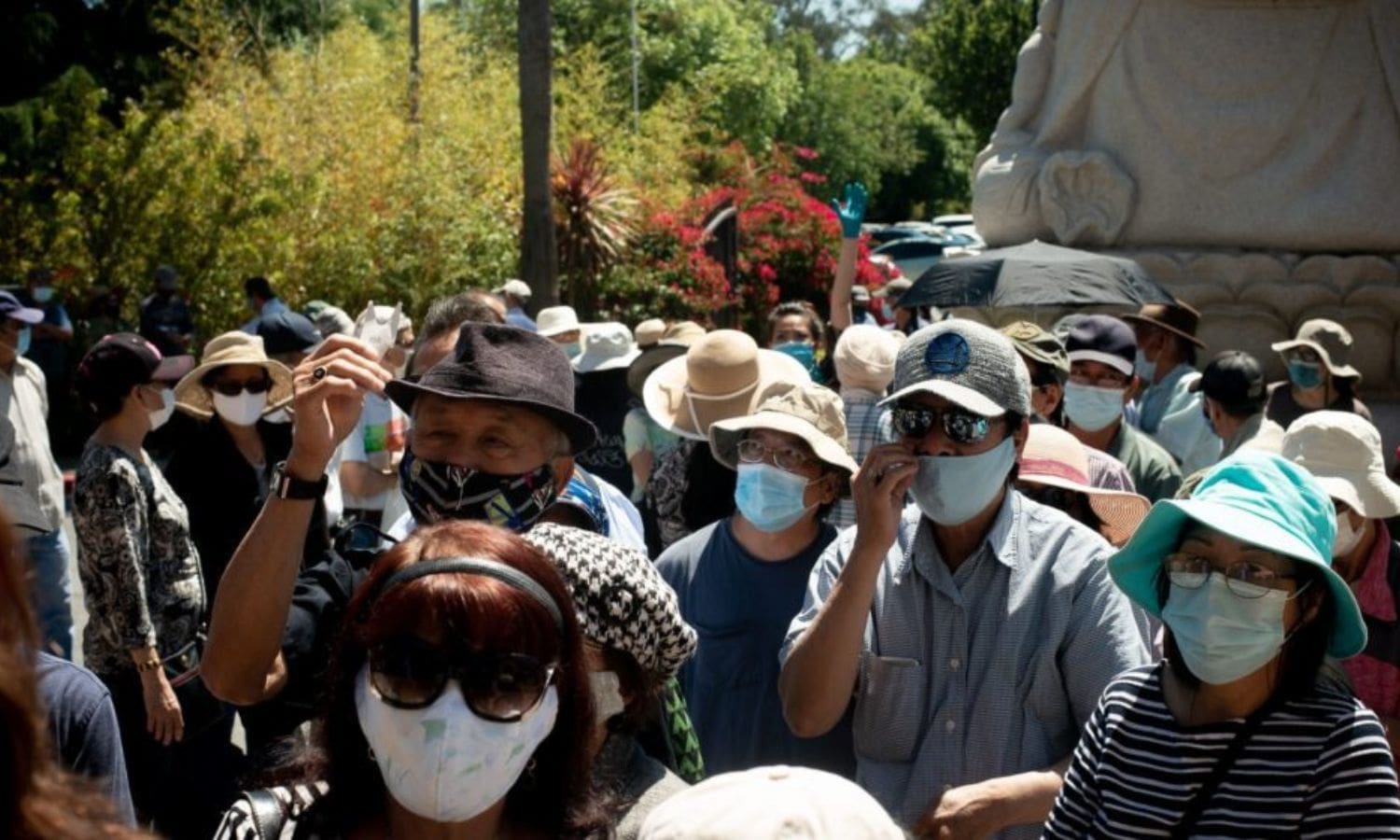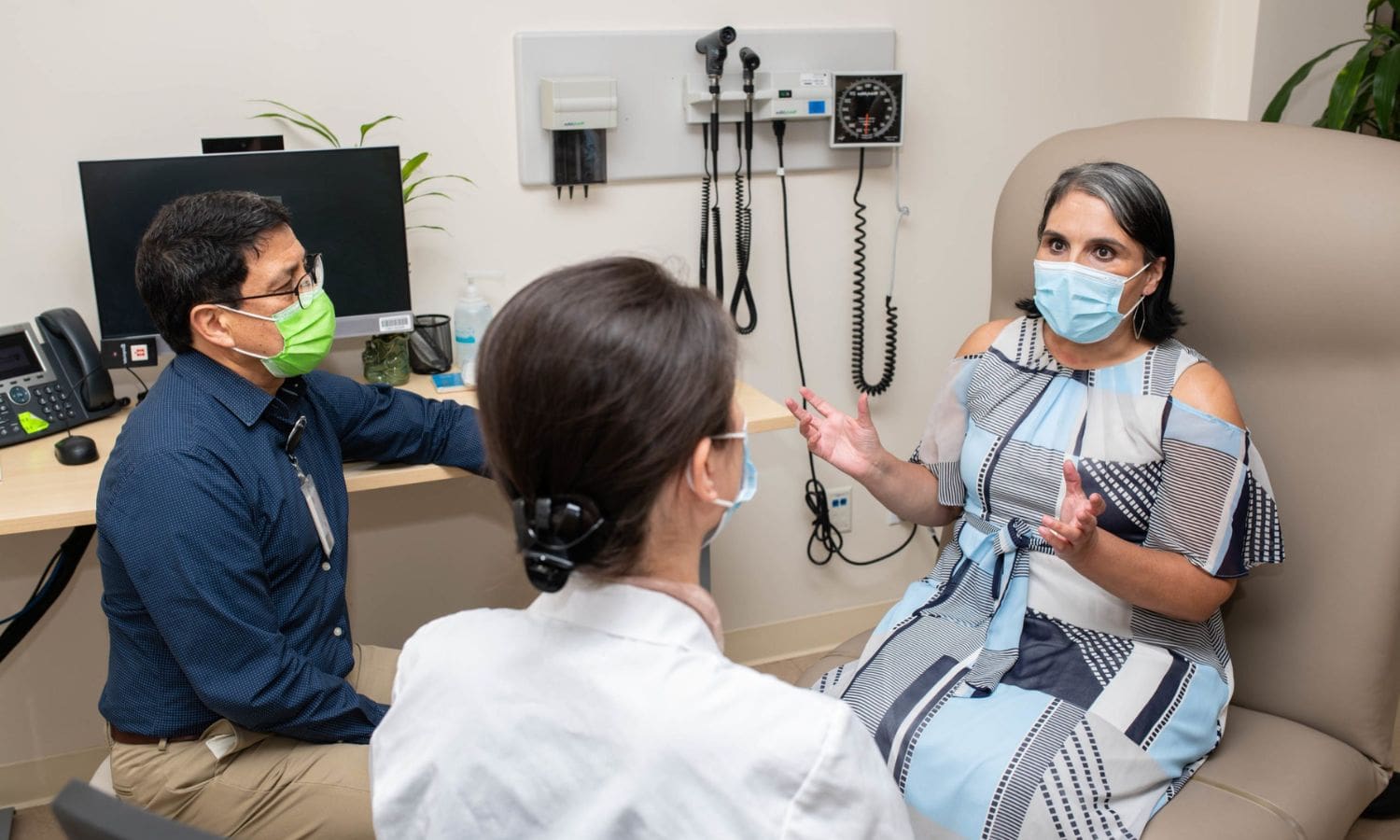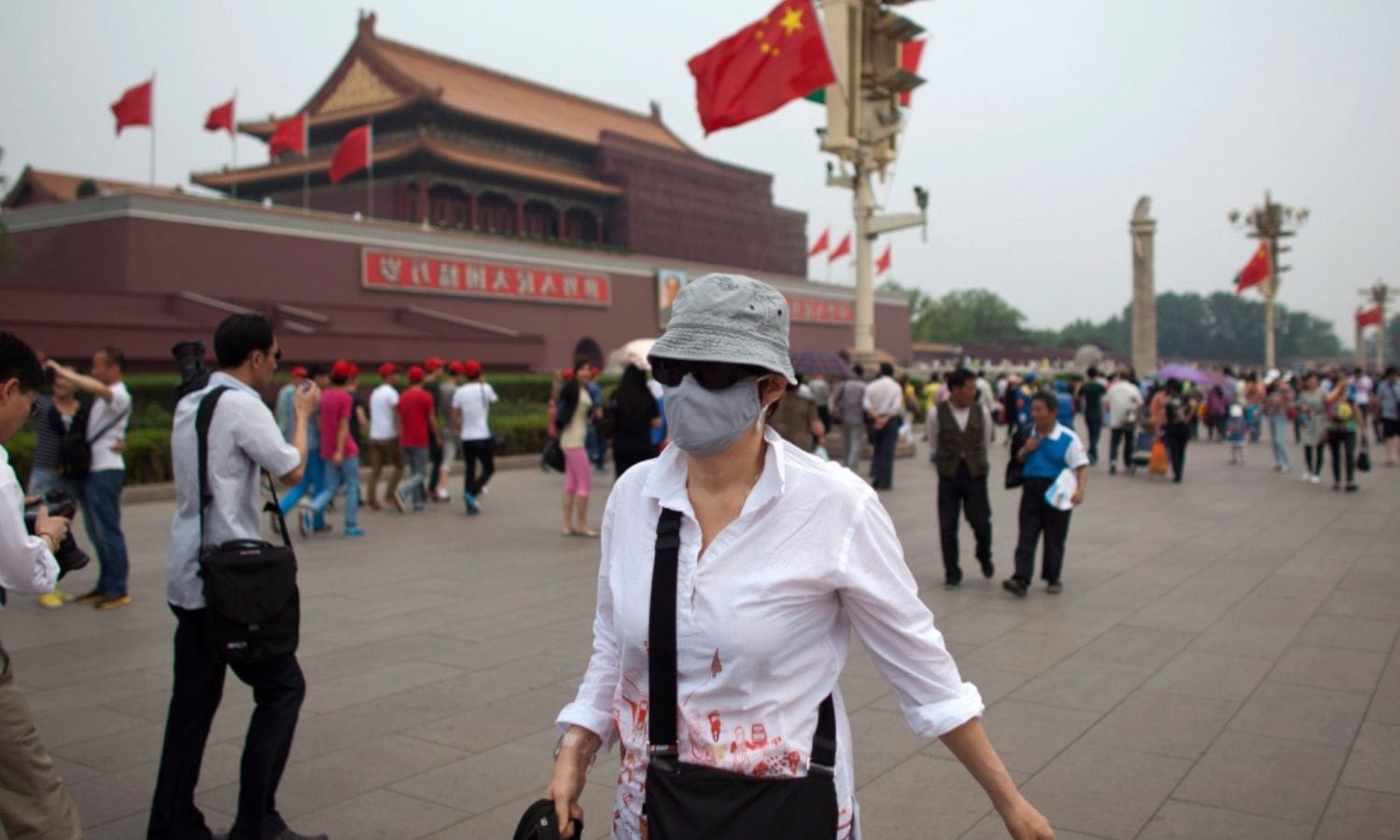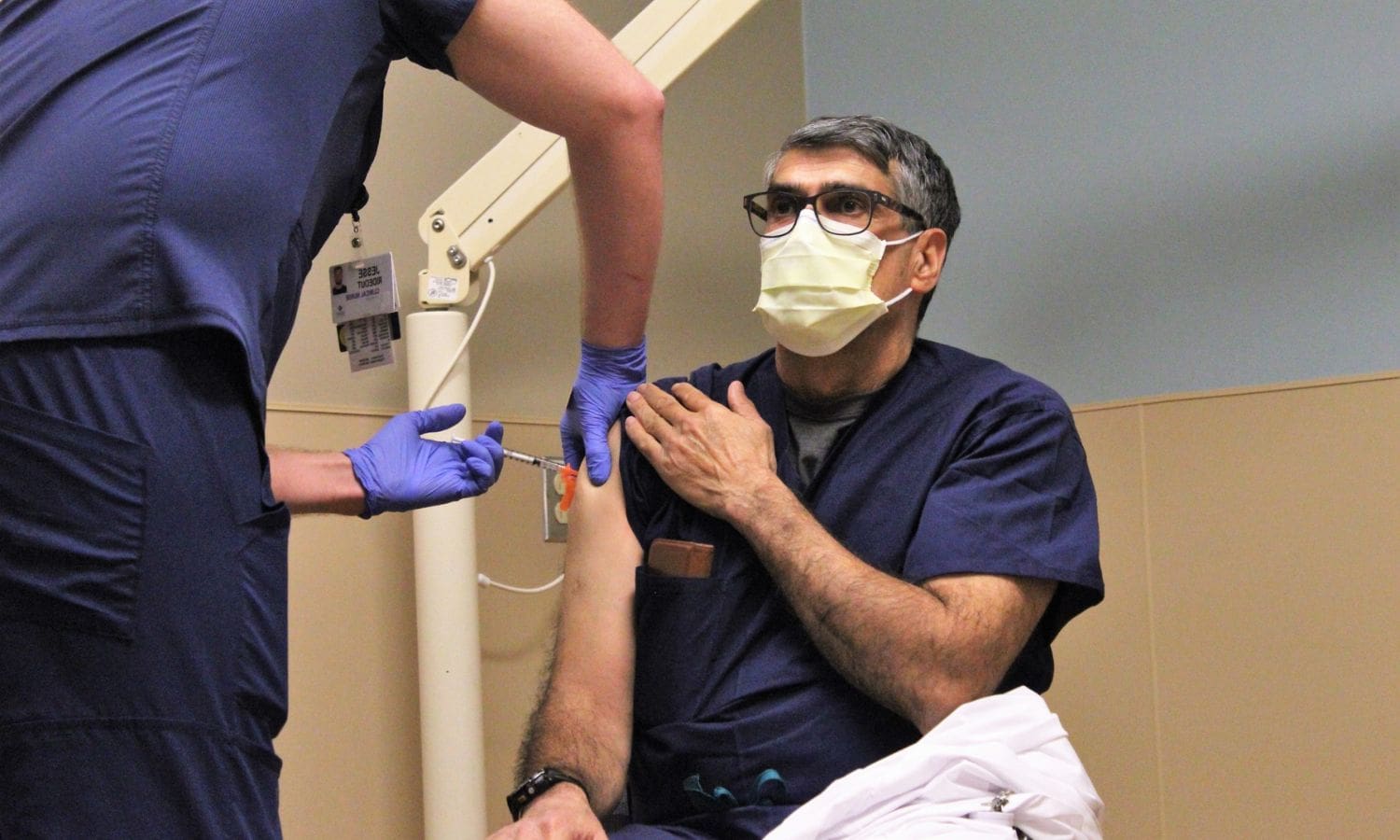Healthcare Challenges in Winter: In the midst of winter, Santa Clara County faces formidable healthcare challenges, as illnesses surge and hospitalizations rise.
With concerns persisting over vaccination disparities and the contributing factors of cold weather and holiday gatherings, the county must navigate uncertainties to combat the spread of illness.
The battle against illness in Santa Clara County, providing an engaging and informative analysis of the healthcare challenges faced during the winter season.
Key Takeaways Of Healthcare Challenges in Winter
- Winter surge in Santa Clara County has led to a significant rise in COVID-like illnesses and increased incidence of respiratory illnesses, including COVID, influenza, and RSV.
- Vaccination disparities persist, with lower vaccination rates among Latino and African American populations, highlighting the need for targeted efforts to address these disparities and ensure equitable access to vaccines.
- Hospitalizations have seen a notable increase, with higher numbers of COVID-related and influenza-related hospitalizations, putting strain on the healthcare system and the ability to provide adequate care for patients.
- Cold weather and holiday gatherings contribute to healthcare challenges, as increased proximity during festive gatherings and indoor activities with limited ventilation facilitate the transmission of respiratory viruses.


Winter Surge in Santa Clara County: Rise in COVID-like Illnesses
The winter surge in Santa Clara County is characterized by a significant rise in COVID-like illnesses. This observation is supported by the increased incidence of respiratory illnesses, including COVID, influenza, and RSV.
The surge in cases coincides with colder weather and holiday gatherings, which create an ideal environment for the transmission of respiratory viruses. Moreover, wastewater analysis has revealed elevated concentrations of illnesses in all sewersheds, further confirming the widespread presence of these illnesses in the community.
The rise in COVID-like illnesses during the winter surge poses significant challenges for healthcare providers in Santa Clara County. It puts added strain on hospitals and healthcare facilities, leading to increased demand for testing, hospitalization, and critical care resources.
Effective strategies, such as promoting vaccination, practicing preventive measures, and ensuring adequate healthcare capacity, are crucial in mitigating the impact of this winter surge.
Vaccination Disparities: Despite High Rates, Concerns Persist
Despite high vaccination rates in Santa Clara County, concerns persist regarding vaccination disparities, particularly among Latino and African American populations.
While over 95% of residents have received at least one COVID shot, only 20% are up to date on all recommended vaccines. This significant gap raises questions about equitable access to healthcare and the impact on public health outcomes.
Lower vaccination rates among Latino and African American communities, at 9% and 12% respectively, indicate a need for targeted efforts to address barriers to vaccination. Factors such as language barriers, lack of culturally sensitive information, and vaccine hesitancy influenced by historical mistrust may contribute to these disparities.
It is crucial for public health officials and community organizations to collaborate and implement strategies that address these concerns, ensuring that all residents have equal access to vaccines and are adequately protected against infectious diseases.
Hospitalization Uptick: Numbers on the Rise in December
Hospitalizations in Santa Clara County have seen a notable increase in December, with higher numbers of COVID-related and influenza-related hospitalizations compared to the previous month. According to state reports as of December 16, there were 1,905 COVID-related hospitalizations and 710 influenza-related hospitalizations. This uptick in hospitalizations has raised concerns about the strain on the healthcare system and the ability to provide adequate care for patients. To better understand the situation, let’s take a look at the numbers:
| COVID-related Hospitalizations | Influenza-related Hospitalizations | |
|---|---|---|
| December | 1,905 | 710 |
| November | – | – |
| Increase from November | – | – |
As the table shows, there were no reported COVID-related or influenza-related hospitalizations in November. This significant increase in December highlights the growing impact of respiratory illnesses during the winter months, putting additional pressure on healthcare facilities and resources. It is crucial for the community to remain vigilant in practicing preventive measures and seeking medical attention when necessary to help alleviate the strain on the healthcare system.


Also Read: California Becomes First State to Offer Health Insurance: All Undocumented Immigrants
Contributing Factors: Cold Weather and Holiday Gatherings
Cold weather and festive gatherings have been identified as potential contributors to the surge in healthcare challenges during the winter season in Santa Clara County. The combination of cold weather and holiday gatherings creates an environment conducive to the spread of respiratory viruses. Here are three factors that evoke an emotional response in the audience:
- Increased proximity: Festive gatherings often involve close contact with family, friends, and colleagues, increasing the risk of transmitting illnesses.
- Indoor activities: Cold weather forces people indoors, where ventilation may be limited, facilitating the transmission of respiratory viruses.
- Weakened immune systems: The stress and fatigue associated with the holiday season, coupled with exposure to cold temperatures, can weaken the immune system, making individuals more susceptible to infections.
Understanding these contributing factors is crucial for developing effective strategies to combat the healthcare challenges faced during the winter season in Santa Clara County.
Public Health Measures and Recommendations: Navigating Uncertainties
In the battle against illness during the winter season, Santa Clara County navigates uncertainties by implementing and recommending public health measures. One key measure highlighted is vaccination, which is seen as a crucial preventive measure. However, there are concerns regarding discrepancies in vaccine coverage, which underscore the need for increased awareness and individual risk perception.
To address these uncertainties, real-time monitoring is emphasized, allowing public health officials to stay informed about the ongoing health challenges in the county. By closely monitoring the situation, they can then implement targeted and effective public health measures to mitigate the spread of illness. These measures can include promoting hand hygiene, encouraging the use of face masks, and providing clear guidance on social distancing and gathering restrictions.


Conclusion Of Healthcare Challenges in Winter
Santa Clara County faces numerous healthcare challenges during the winter months. The surge in COVID-like illnesses, vaccination disparities, and increased hospitalizations all contribute to the difficulties faced by the community. Cold weather and holiday gatherings further exacerbate the situation.
Navigating these uncertainties requires the implementation of public health measures and recommendations. Despite these challenges, it is crucial for the county to address these issues and prioritize the health and well-being of its residents.
Our Reader’s Queries
Healthcare Challenges in Winter
During the colder months, respiratory illnesses such as colds and flus tend to be more prevalent. This is due to people spending more time indoors, which makes it easier for viruses to spread from one person to another. It’s important to take extra precautions during this time to protect yourself and others from getting sick.
What are the health problems in winter?
When the body gets too cold, it can lead to a range of health issues collectively known as cold-related illness. These can include hypothermia, frostbite, trench foot, and chilblains. It’s important to take precautions to avoid these conditions, especially during colder months.
What medical conditions are affected by the cold?
When you’re exposed to cold temperatures, your body loses heat faster than it can produce it, leading to hypothermia and frostbite. Your body’s stored energy is eventually depleted with prolonged exposure to cold, resulting in abnormally low body temperature known as hypothermia.
How does winter weather affect health?
Chilly weather can heighten the chances of falling ill or even succumbing to serious health issues such as respiratory and cardiac problems. It can also lead to slips and falls, negatively impact mental health, and even result in carbon monoxide poisoning from inadequately maintained heating equipment. It’s crucial to take necessary precautions and stay vigilant during the colder months to avoid any potential risks.

